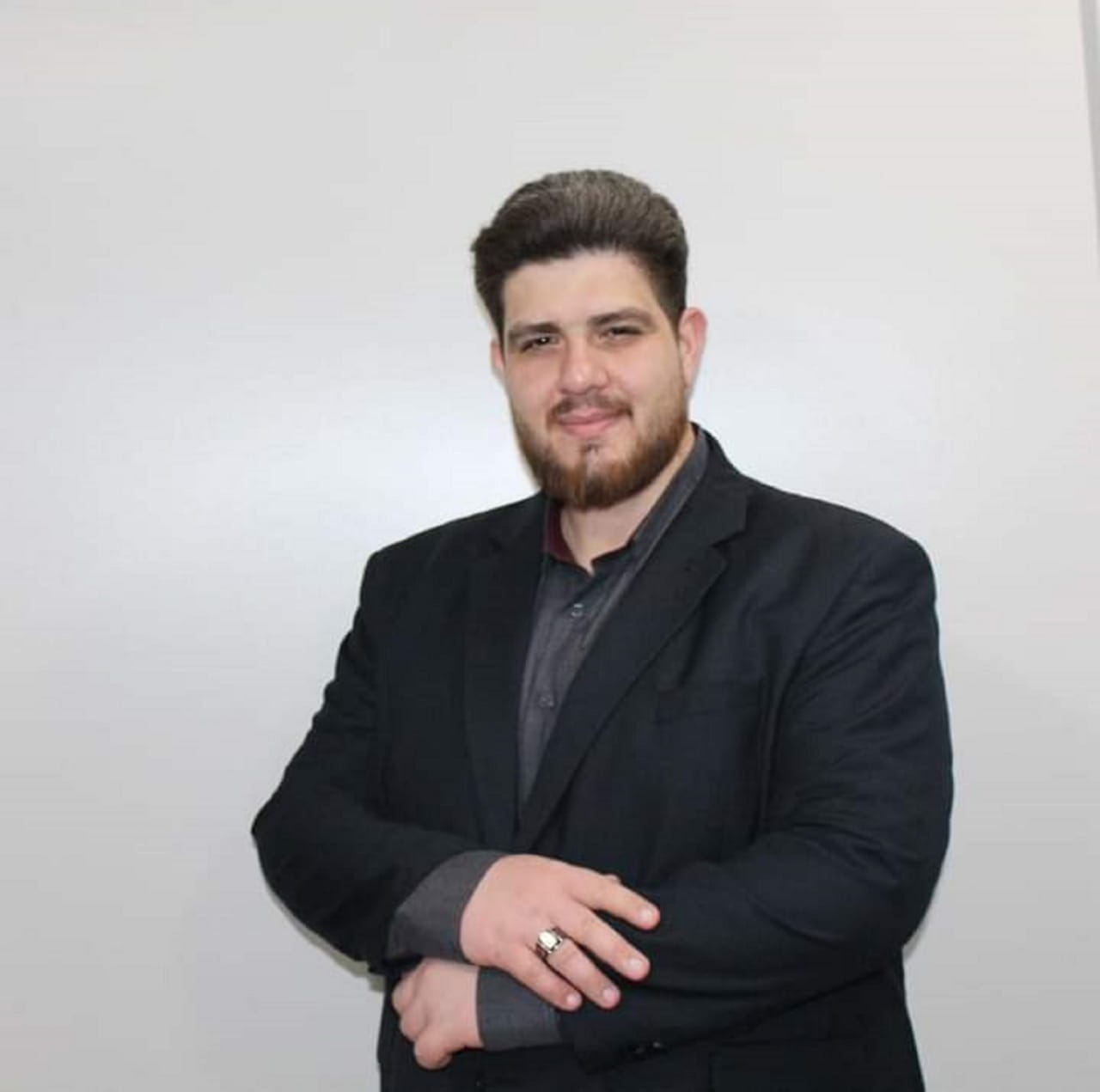Photo: Disclosure
Recently, researchers at the Canadian pediatric hospital Hospital For Sick Children published in the journal Cell, the largest genetic sequencing analysis of autism spectrum disorders (ASD), performed with 20,000 genetic records, 7,000 of autistic individuals and 13,000 of their siblings and family members. The study found 134 genes linked to ASD, allowing analysis from the smallest DNA alterations to those affecting entire chromosomes, with the aim, according to the scientists, of better understanding the genetic architecture of the disease, whose genetic and clinical traits are complex and diverse. .
The American Psychiatric Association’s Diagnostic and Statistical Manual of Mental Disorders and ICD (International Statistical Classification of Diseases and Related Health Problems) classify autism into three levels of severity, 1, 2, and 3. “ASD is stratified by level of engagement.At all levels, there is significant impairment in social interaction and communication, and there may be a delay in motor development, sensory sensitivity, and other characteristics that may be present together or alone. Therefore, all people with ASD need the support of a multidisciplinary team, formed by a psychologist, a speech therapist, a physiotherapist and an occupational therapist”, explains Thales Vianna Coutinho, professor of psychology in Estácio.
According to the professional, “at level 1 individuals are able to communicate verbally, but have difficulty in social interactions, in coping with change and the unexpected, and have constraining and repetitive behaviors. At level 2, the symptoms are more severe, they tend not to make eye contact and are unable to express their emotions. In the 3rd year, individuals need more support for daily activities, they may have more difficulty communicating”.
The diagnosis of the disease is clinical, and because it affects the ability to establish social bonds, it is noticeable from an early age, as Thales explains. “The most complicated aspect concerns the differential diagnosis. That is, some of the symptoms of ASD also occur in other disorders, making it difficult to make an accurate diagnosis. But, I repeat that the social difficulty that these patients present from an early age is quite salient,” he says.
The professor observes that psychology can help patients and their families, but it is not used in a traditional way. “Because there is marked difficulty in metacognition (the ability to think about one’s own thoughts), as well as in language, conventional psychotherapy does not work for the person with ASD. There is the ABA method (Applied Behavior Analysis or Applied Behavior Analysis), which has a lot of scientific evidence of success, and consists of intensive teaching of useful skills for daily life, and helps to cope with harmful behaviors. As for parents or relatives, psychotherapy, whatever the approach, will also be useful,” he concludes.

“Typical thinker. Unapologetic alcoholaholic. Internet fanatic. Pop culture advocate. Tv junkie.”


:strip_icc()/i.s3.glbimg.com/v1/AUTH_da025474c0c44edd99332dddb09cabe8/internal_photos/bs/2023/D/n/i7eIkcQsAB0YgsWKDQMw/whatsapp-image-2023-03-08-at-10.48.49.jpeg)




:strip_icc()/i.s3.glbimg.com/v1/AUTH_63b422c2caee4269b8b34177e8876b93/internal_photos/bs/2021/T/V/IFkavRRSSjHCBPZfqVXw/ap21313490536644.jpg)